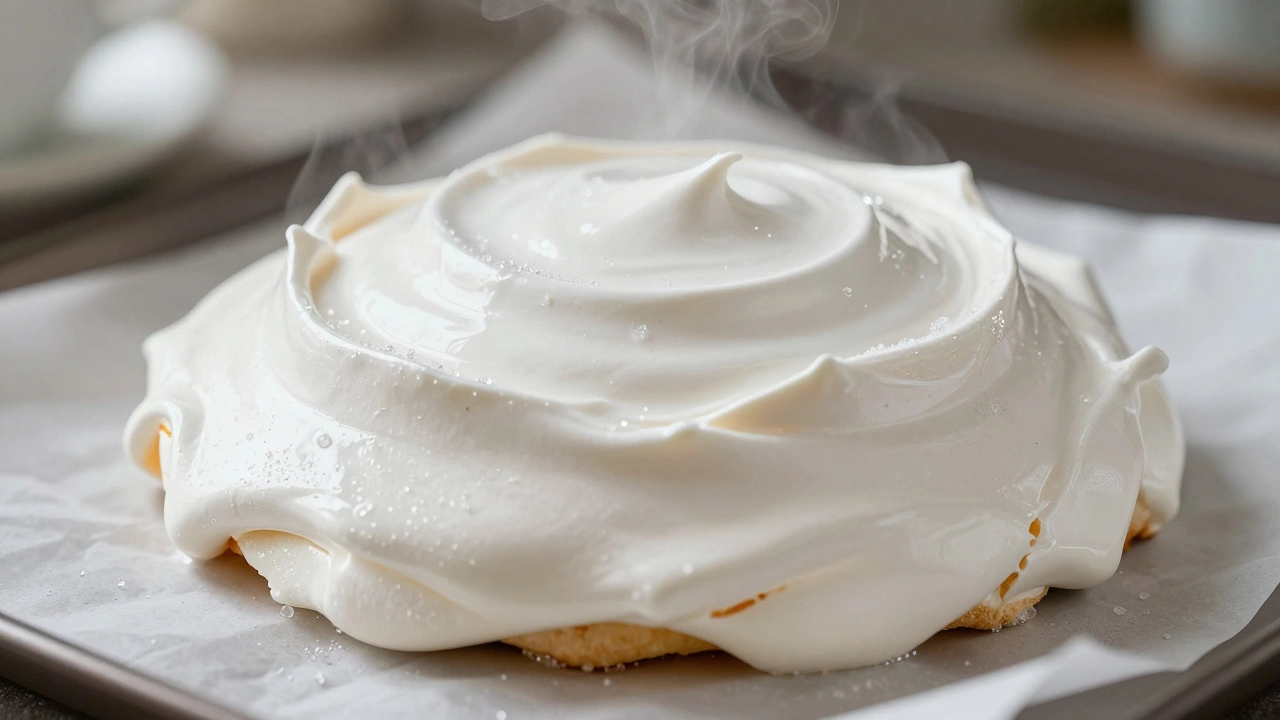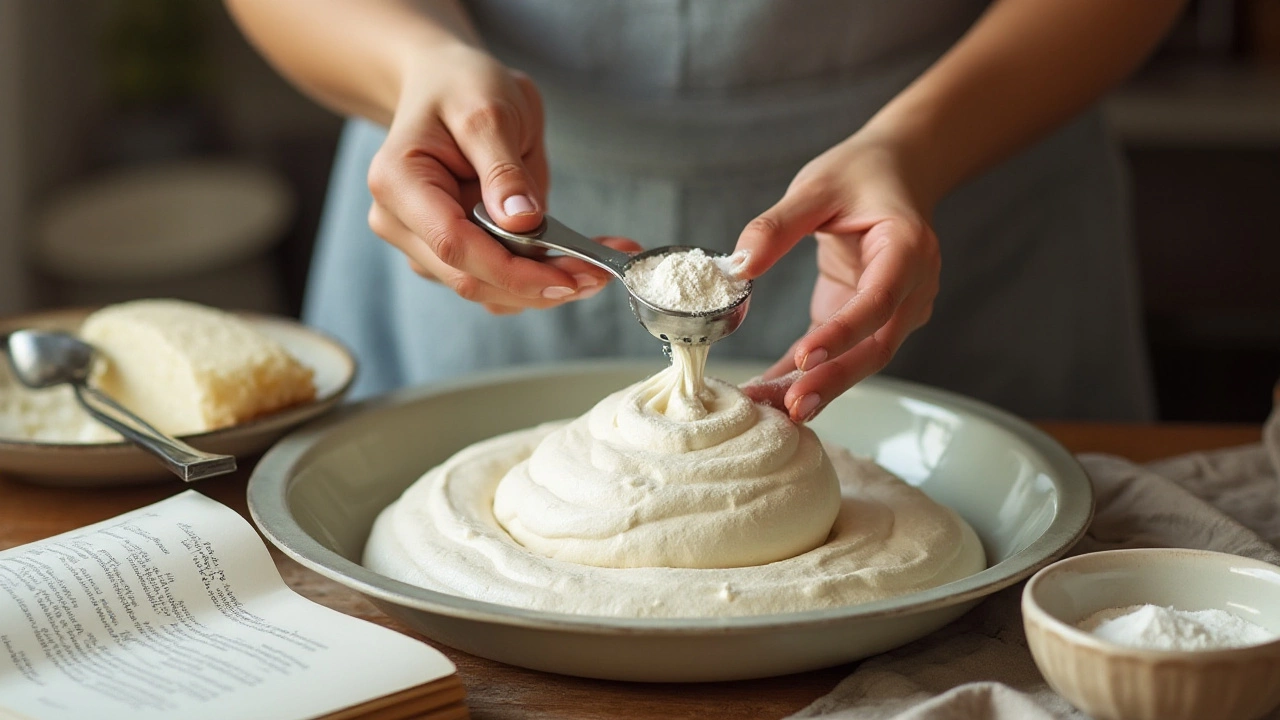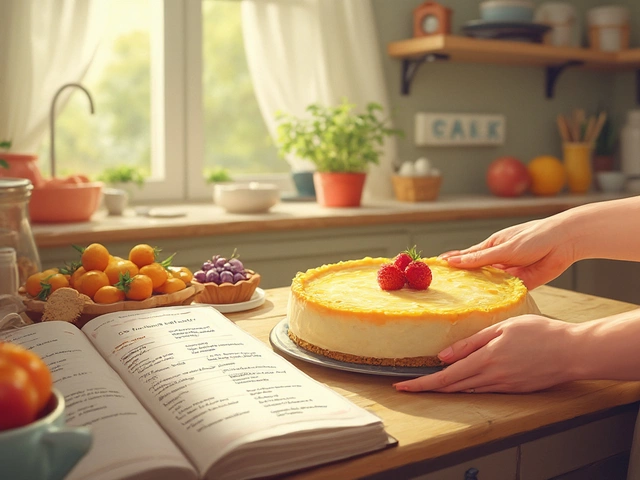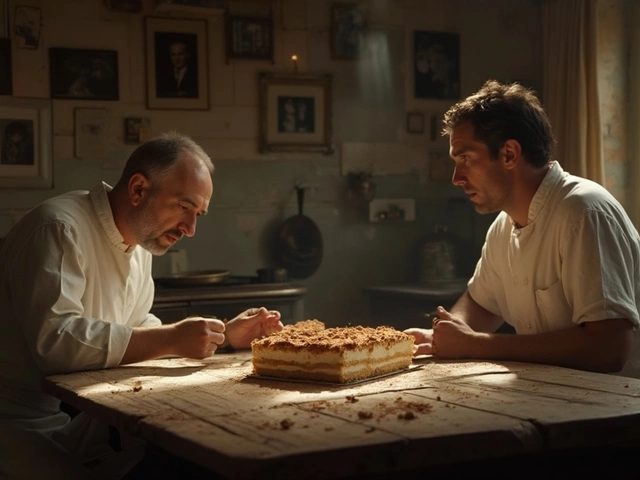Meringue Tips – Easy Tricks for Perfect Peaks Every Time
If you’ve ever tried to whip up a meringue only to end up with a flat, watery mess, you’re not alone. The good news? A few simple adjustments can turn that disappointment into a glossy, cloud‑like topping every single time.
Start with the Right Basics
First, pick a clean, dry bowl. Any trace of oil or water will stop the egg whites from forming stiff peaks. Glass or stainless steel work best; avoid plastic if it’s been in the dishwasher.
Separate your eggs carefully. A single yolk drops instantly – better to crack the egg and let the white fall into a separate bowl, then use the shell to catch any stray yolk.
Room‑temperature whites whip faster. Let them sit out for about 30 minutes before you start.
Three Must‑Know Whisking Tricks
1. Start Slow, Finish Fast – Begin at low speed to break the whites into a froth, then crank up the mixer. This prevents a sudden, grainy texture.
2. Add Sugar Gradually – Sprinkle granulated sugar in a thin stream once soft peaks appear. Adding it too fast can weigh the mixture down, and too slow leaves sugar crystals you can feel when you bite.
3. Test the Peaks – Lift the whisk; the peaks should stand straight without drooping. If they wobble, keep mixing a minute longer.
Optional: A pinch of cream of tartar or a few drops of lemon juice stabilizes the foam, especially useful if you’re making a meringue that needs to sit for a while before baking.
Now that you’ve got the basics down, here are a few common problems and quick fixes:
- Flat Meringue: Check for any grease on the bowl or whisk. Wash them with hot soapy water, rinse well, and dry thoroughly.
- Grainy Texture: That's undissolved sugar. Keep beating a little longer, or use superfine caster sugar next time.
- Weeping (water pooling underneath): Over‑whipping creates a fragile foam that collapses. Stop as soon as stiff peaks form.
When it’s time to bake, preheat the oven low – 250°F (120°C) works for most meringues. A gentle heat dries them out without browning too fast. For a crisp top and soft interior, raise the temperature to 300°F (150°C) for the last few minutes.
Finally, get creative. Fold in a tiny bit of cocoa powder for chocolate meringue, or swirl in a spoonful of fruit puree for a colorful twist. The same basic tips apply – just add the flavor after you’ve reached stiff peaks.
With these straightforward meringue tips, you’ll be turning egg whites into show‑stopping desserts without the usual frustration. Grab your mixer, clean bowl, and start whisking – the perfect peaks are just a few minutes away.

How to Stop Pavlova Cracking: Simple Fixes for Perfect Meringue
Learn why pavlova cracks and how to fix it with simple, proven techniques-temperature control, slow cooling, cornstarch, and fresh eggs. Say goodbye to cracked meringue and bake a perfect pavlova every time.
View More
The Essential Role of Cornflour in Perfect Pavlova Recipes
Discover the significance of cornflour in making the perfect pavlova. Explore how cornflour contributes to achieving the ideal texture and stability in your pavlova, including insights on its impact on the structure. Learn tips from baking enthusiasts and understand when and how to use cornflour effectively in this classic dessert.
View More




